Best Backpacking Knife 2024
Last Updated: March 10, 2024
Choose A Backpacking Knife With Blade Steel That Outperforms Its Price
Choosing the best backpacking knife can be daunting. An endless array of options and configurations exist, ranging from massive bushcraft blades to half ounce box cutter knives – both of which you should avoid. But there is a happy medium!
A perfect backpacking knife strikes the balance between high functionality, high quality steel, good value, and low weight. It should be able to easily cut salami, hard cheese, plastic wrappers, duct tape, and small branches, without adding much weight and bulk to your pack.
Criteria for the Best Backpacking Knife
- Useful for food prep & backcountry tasks
- Blade length of 2.5-3.0″
- High quality steel, transparently classified
- Weighs less than 3 oz
What follows are a selection of Alan’s favorite knives. We focus on knives with blades that perform above their price point. Jump ahead to read more about our favorite knife steels and buyer advice. And while you’re here, don’t miss our other food and cookware guides, covering the best pots, mugs, stoves, freeze dried meals, and backpacking food. Or, optimize your everyday carry with our guide to field watches, wallets, and EDC backpacks.
You make Adventure Alan & Co possible. When purchasing through links on our site, we may earn an affiliate commission at no additional cost to you. Here’s why you can trust us.
Best Backpacking Knife Quick Picks
- Editor’s Choice: Gerber Assert New!
- Top Pick: Benchmade Mini Bugout
- Top Pick Under $100: Spyderco Delica 4 Lightweight
- Value Super Steel: Kershaw Leek Carbon
- Value Pick: KA-BAR Dozier Folding Hunter
- Budget Pick: Gerber Zilch
- Fixed Length: ULA Equipment Alpha
- For Everyday Carry: CJRB Feldspar D2
- For Everyday Carry: CIVIVI Mini Praxis
- For Travel: Opinel Folding Knife No.06
- Performance Ultralight Bushcraft: AntiGravity Gear Ultralight Bushcraft
- Value Ultralight Bushcraft: KA-BAR BK14 Becker Eskabar Fixed Blade
- At-Home Sharpener: Spyderco Tri-Angle Sharpmaker
Best Backpacking Knife Comparison Table
Mobile users rotate device for full-size table view
| Make/Model | Price ($) | Weight (oz) | Blade Length (in) | Handle Length (in) | Overall Length (in) | Blade Material | Handle Material |
| ULA Alpha Knife | 130 | 1.1* | 2.5 | 4.0 | 6.5 | Nitro V | Steel |
| Benchmade Mini Bugout | 153 | 1.5 | 2.8 | 3.7 | 6.5 | CPM-S30V | Grivory |
| Opinel No.06 | 16 | 1.6 | 2.9 | 3.6 | 6.5 | Sandvik 12C27 | Beech |
| Gerber Assert | 175 | 1.9 | 3.0 | 4.0 | 7.0 | S30V | FRN |
| KA-BAR Dozier Fld Hnt | 34 | 2.0 | 3.0 | 4.3 | 7.3 | AUS 8A | FRN |
| Gerber Zilch | 25 | 2.2 | 3.1 | 4.1 | 7.2 | 7Cr | FRN |
| Kershaw Leek Carbon | 90** | 2.4 | 3.0 | 4.0 | 7.0 | CPM154 | Carbon |
| Spyderco Delica 4 LT | 82 | 2.6 | 2.9 | 4.2 | 7.1 | VG-10 | FRN |
| CIVIVI Mini Praxis | 35 | 2.8 | 2.9 | 3.9 | 6.8 | D2 | G10 |
| CJRB Feldspar | 35 | 2.8 | 3.0 | 4.0 | 7.0 | D2 | G10 |
| KA-BAR Becker Fixed | 82 | 4.0* | 3.3 | 3.7 | 7.0 | 1095 Cro-Van | Steel |
| AntiGravity UL Bushcraft | 160 | 5.3* | 4.0 | 5.0 | 9.0 | AEBL | Walnut |
- *Includes manufacturer provided sheath weight for comparability to folding knives. See individual knife reviews for separate knife and sheath weights.
- **The Kershaw Leek Carbon has consistenly been on sale for the past few years. So while it’s MSRP is much higher and all other knives are listed at MSRP, we list this knife at sale pricing to more accurately assess value-to-performance-ratio.
Best Backpacking Knife Reviews
Gerber Assert
This year, the Gerber Assert edges out the Benchmade Mini Bugout for “Editor’s Choice” (and it’s the top EDC knife included in this guide). While a few tenths of an ounce heavier, the Assert’s blade and grip are both superior to the Mini Bugout. The Assert’s CPM-S30V super steel blade is a bit longer than the Mini Bugout’s (at 2.98” it’s just legal to carry in most jurisdictions). The Assert’s grip has a honeycomb interior which reduces flex, and it’s thicker and better contoured to the hand. We love the crossbar blade lock, the best and most secure configuration. Its deep pocket clip holds the knife more securely. We are mixed about the adjustable thumb stud. While individual customization is nice, it’s also an open slot to collect junk and something else that might come loose.
- Price: $175
- Weight: 1.9 oz
- Blade Length: 3.0″
- Handle Length: 4.0″
- Overall Length: 7.0″
- Blade Material: S30V stainless steel
- Handle Material: Glass-Filled Nylon
- Pros: Long, supersteel blade holds edge, resists rust. Lightweight. Stiff grippy ergonomic handle. Customizable. Made in USA.
- Cons: Expensive. Harder to sharpen. Adjustable thumb stud slot collects junk. At this price the knife should have a ball bearing pivot. No free sharpening.
Benchmade Mini Bugout
The Benchmade Mini Bugout is close to the perfect folding backpacking knife. This is the lightest super steel pocket knife in our guide. It features a wide and useful 2.8″ blade made of CPM-S30V stainless steel. As such, it’s extremely hard, rust-resistant, and holds an edge like crazy (it also comes with free lifetime sharping from Benchmade). The Grivory handle is lightweight and grippy. But it’s also a bit thin, has no steel liner, and feels a tad flexy. Nonetheless you can’t go wrong with this perennial favorite.
- Price: $153
- Weight: 1.5 oz
- Blade Length: 2.8″
- Handle Length: 3.7″
- Overall Length: 6.5″
- Blade Material: CPM-S30V Stainless Steel
- Handle Material: Grivory
- Pros: Supersteel holds edge, resists rust. Superb Construction. Very lightweight. Free lifetime sharpening!
- Cons: Expensive. No steel liner so the handle is a bit flexy. Harder to sharpen. At this price the knife should have a ball bearing pivot
Spyderco Delica 4 Lightweight
Choose the Spyderco Delica for top tier performance at half the price. The VG-10 steel hits the perfect balance between edge retention, ease of sharpening, corrosion resistance, strength, and value. The handle is tough and grippy, though this contributes to it being a tad heavier than average. Spyderco Delica is also available in a Wharncliffe blade shape, which we do prefer from a functionality perspective, but is also more costly.
- Price: $82
- Weight: 2.6 oz
- Blade Length: 2.9″
- Handle Length: 4.2″
- Overall Length: 7.1″
- Blade Material: VG-10 Stainless Steel
- Handle Material: Fiberglass Reinforced Nylon
- Pros: High performance at a reasonable price. Tough handle.
- Cons: A bit heavy.
Kershaw Leek Carbon
The Kershaw Leek Carbon is a well constructed, high quality knife with ultra strong, edge holding CPM-154 super steel attached to a carbon fiber folding handle. We like the shape, which falls somewhere in between drop point and Wharncliffe. Its full 3″ blade is a bit longer than most, but also a bit thinner, and thus a bit more delicate than average. While it’s listed at $140 MSRP, it’s been on sale for $80-90 for the past few years, and as such, wins our pick for best value in a super steel blade. (Note: we suggest you stay clear of the standard Leek with 14C28N blade steel. In that case the CJRB Feldspar D2 is a better choice.)
- Price: $140/$90 (always on sale)
- Weight: 2.4 oz
- Blade Length: 3.0″
- Handle Length: 4.0″
- Overall Length: 7.0″
- Blade Material: CPM154 stainless steel
- Handle Material: Carbon Fiber
- Pros: Super steel. Carbon fiber handle. Full length blade. Good blade shape. Always on sale/good value.
- Cons: Thinner than average blade. No pivot bearing. There are lighter knives.
KA-BAR Dozier Folding Hunter
The KA-BAR Dozier Folding Hunter is a value oriented backpacking knife with some serious performance chops and lighter than average weight – just two ounces. The tough AUS 8A stainless steel is easier to sharpen and more rust-resistant than the D2 steel used in some of our other value picks, like the CIVIVI Mini Praxis. Notably, this knife is also available in a D2 steel model, which holds an edge better than the AUS 8A model listed here, but is also half an ounce heavier and less corrosion resistant.
- Price: $34
- Weight: 2.0
- Blade Length: 3.0″
- Handle Length: 4.3″
- Overall Length: 7.3″
- Blade Material: AUS 8A Stainless Steel
- Handle Material: Fiberglass Reinforced Nylon
- Pros: Low price. Very high performance-to-price ratio. Very low weight. Tough steel.
- Cons: Good-not-great edge retention.
Gerber Zilch
Choose the Gerber Zilch because it’s a low cost lightweight backpacking knife that works well for most tasks, including EDC. It’s comparable in cost to a dinky Victorinox Swiss Army Knife, but far superior in terms of cutting functionality. Zilch has a decent technical design with all the essential features, but its construction is of modest quality. 7Cr stainless steel is okay, but won’t hold an edge for very long and isn’t in the same league as the only-slightly-more expensive D2 steel knives in this guide. The upside of budget knives is that if you loose them, they can easily be replaced.
- Price: $25
- Weight: 2.2 oz
- Blade Length: 3.1″
- Handle Length: 4.1″
- Overall Length: 7.2″
- Blade Material: 7Cr stainless steel
- Handle Material: Fiberglass Reinforced Nylon
- Pros: Very affordable. Lightweight. Good performance-to-weight. Looks great.
- Cons: Mediocre steel. Slightly more expensive models are much better.
ULA Equipment Alpha Knife
The ULA Equipment Alpha is the closest we’ve ever seen to a perfect fixed length (neck) backpacking knife, and a serious challenge to the perception that folding knives are lighter and better in the backcountry. At just 1.1 ounces, it is the lightest full size model in our guide and offers one of the best user experiences for food prep. The heat treated Nitro V steel is sharp and unlikely to chip or break with abuse. Its steel “skeleton” handle is surprisingly comfortable to grip as-is, but can also be wrapped in paracord. This knife comes with a very functional .2 oz plastic ultralight sheath and is a beautiful design to behold.
- Price: $130
- Weight: 0.9 oz knife, 0.2 oz sheath, 1.1 oz combined
- Blade Length: 2.5″
- Handle Length: 4.0″
- Overall Length: 6.5″
- Blade Material: Nitro V, Garner Heat Treat 61 RC Stainless Steel
- Handle Material: Same as above
- Pros: Ultralight. Lightest knife in our guide. Wide blade. High quality steel. Handle makes cutting easier. Perfect ultralight sheath.
- Cons: Expensive. Limited edition. Fixed handle takes up more storage space. Shorter than average blade length.
CJRB Feldspar D2 G10
The CJRB Feldspar D2 goes toe-to-toe with the the CIVIVI Mini Praxis for amazing performance-to-price in a backpacking knife, or EDC for that matter. We slightly prefer the Feldspar over the Praxis. Featuring superb construction with a ceramic ball bearing pivot and a thick, durable, D2 steel blade up for light-duty bushcraft cutting. A small choil increases the cutting edge vs. the Praxis. And slightly longer than average handle improves grip. Like the Praxis it’s on the heavy end of our knives. D2 steel, while extremely strong, durable and sharp, is semi-stainless, lacks full corrosion resistance, and requires a bit of care in the field.
- Price: $35
- Weight: 2.8 oz
- Blade Length: 3.0″
- Handle Length: 4.0″
- Overall Length: 7.0″
- Blade Material: D2 Steel
- Handle Material: G10
- Pros: Very strong, thick, and durable blade. Ceramic ball bearing pivot. Great value proposition, performance-to-price ratio.
- Cons: Heavier than average. Not fully corrosion resistant.
CIVIVI Mini Praxis
Choose the CIVIVI Mini Praxis for an amazing performance-to-price ratio. Its thick, tough blade is made with high performing D2 steel – holds an edge well, is strong, and easy to sharpen. Enjoy superb finger choil and thumb jimping for excellent blade control, on top of a very solid handle. This is one of the easiest knives for one-handed opening. Downsides include the 2.8 oz weight – heavy by our standards, and the fact that D2 is not fully corrosion-resistant and requires a bit of care. This knife is also beastly enough for light-duty bushcraft work, and makes for a killer EDC.
- Price: $35
- Weight: 2.8 oz
- Blade Length: 2.9″
- Handle Length: 3.9″
- Overall Length: 6.8″
- Blade Material: D2 Steel
- Handle Material: G10
- Pros: Very high performance-to-price ratio. High quality steel. Good one-handed opening. Wide blade. Choil and jimping for great blade control.
- Cons: No pivot bearing. A bit heavy for it’s size. Blade is not fully corrosion resistant.
Opinel Folding Knife No.06
This Opinel folder, designed in the French alps, is a perfect travel knife, available almost anywhere knives are sold, and for less than $20. As such, it’s not the end of the world if you are required to ditch it at an airport. The proven, 140 year old design is highly functional, beautiful looking, and even includes a blade lock. The Sandvik 12C27 stainless steel is plenty adequate, but far from amazing. The No.06 is the smallest and lightest model in Opinel’s fleet to get a locking mechanism, and the longest in the sub 3″ category.
- Price: $16
- Weight: 1.2 oz
- Blade Length: 2.9″
- Handle Length: 3.6″
- Overall Length: 6.5″
- Blade Material: Sandvik 12C27 Stainless Steel
- Handle Material: Beech Wood
- Pros: Very inexpensive. Beautiful. Proven design. Locking function. Ultralight.
- Cons: Mediocre steel.
Anti Gravity Gear Ultralight Bushcraft Knife
Wow, a relatively ultralight knife that is tough enough for bushcraft work! The AntiGravity Gear blade is handcrafted in the US with a 4″, ultra tough AEB-L steel blade and full-size wood handle – amazing that it only weighs 4.1 oz (without sheath). This is our favorite backpacking knife when fires are allowed, as we can baton the blade to split kindling off of larger pieces of wood, or feather with ease. And of course, it makes extremely quick work of food prep and all other trail tasks. What a knife!
- Price: $160
- Weight: 4.1 oz knife, 1.2 oz sheath, 5.3 oz combined
- Blade Length: 4.0″
- Handle Length: 5.0″
- Overall Length: 9.0″
- Blade Material: AEBL Stainless Steel
- Handle Material: Walnut Wood
- Pros: Incredible performance-to-weight ratio. Bushcraft capable. Full size handle/good grip. Tough, durable, high quality steel. Relatively lightweight.
- Cons: Very expensive. Heavier and bulkier than folding knives.
KA-BAR BK14 Becker Eskabar Fixed Blade
The KA-BAR BK14 Becker Eskabar is our pick for value-meets-ultralight-bushcraft. The 2.7 oz blade and handle are as light and inexpensive as it gets for a larger, fully-functional fixed length backpacking knife. It’s up to the task of all camp chores, and excels at fire making tasks and other light-duty bushcraft. The tough 3.25″ 1095 Cro-Van steel blade (similar to but less expensive than AEB-L) is extremely durable, but like AEB-L and Nitro V, doesn’t hold an edge particularly well. It’s the tradeoff for the steel being amazingly tough. Its “skeleton” handle is surprisingly comfortable as-is, but can also be wrapped in paracord for improved grip.
Pro Tip: The manufacturer-provided sheath is heavy and overbuilt; removing the bolt on lock reduces it to just over an ounce. A DIY sheath could be in the range of 0.5 – 0.7 oz.
- Price: $82
- Weight: 2.7 oz knife, 1.3* oz sheath, 4.0 oz combined
- Blade Length: 3.25″
- Handle Length: 3.75″
- Overall Length: 7.0″
- Blade Material: 1095 Cro-Van Stainless Steel
- Handle Material: Steel
- Pros: Great value-to-performance ratio. Up for light-duty bushcraft. Good quality steel.
- Cons: Heavier and bulkier than folding knives. Heavy sheath (but removing the bolt on lock reduces it to a little over an ounce).
* bolt lock removed
Best Backpacking Knife Sharpener For At-Home Use
Spyderco Tri-Angle Sharpmaker
SpyderCo’s Tri-Angle Sharpmaker is THE piece of gear that actually made the Spyderco name — easy to use, even for newbies. We recommend it for sharpening your backpacking knife or your kitchen knives. It’s fast, accurate, and so much easier to use and store than a flat sharpening stone.
- Price: $127
- Includes: 2 fine and 2 medium grit high alumina ceramic sharpening stones plus all-in-one plastic base and container unit
- Pros: Easy to uses. Works on all knives, including kitchen knives. Fast and accurate. Compact storage.
- Cons: Expensive.
Backpacking Knife Steel Groupings
Six classes of blade steel used to make a backpacking knife
1. Super Steels
- CPM-S30V
- CPM154
Super steels, like those used in the Gerber Assert, Benchmade Mini Bugout and Kershaw Leek Carbon are the Ferraris of blade metal. They are extremely rust-resistant and super hard. As such, they hold an edge like crazy — so they’ll stay sharper in the backcountry for longer. Part of this is due to powder metallurgy, a relatively new specialty steel manufacturing process. Our top two knives use this technology, but the downside is that they are very expensive because of it. And there is only a limited choice of knives that use it. And finally, because the steel is so hard, it is brittle and more prone to chipping than average. And when the blade does dull it can be damn hard to sharpen. Some brands, such as Spyderco, offer free sharpening if you ship it back to them.
Tough Steels
- AEBL
- Nitro V
- 1095 Cro-Van
Tough steels are commonly used for “bushcraft” knives like the KA-BAR Becker Fixed, AntiGravity UL Bushcraft, or ULA Alpha — but we feel that undersells their excellent use-potential for an everyday backpacking knife. These blades are super tough — hard to chip or break and stand up to more abuse than high-end stainless steels. The trade off for this toughness is some reduction in edge retention (remaining sharp) vs harder more brittle steels. On the plus side, they are much easier to sharpen than harder, high grade stainless steels (a light field-sharpener might be a good idea for longer trips). Except for the mid-priced/value 1095 Cro-Van steel, these steels typically yield expensive knives.
High End Steels
- VG-10
- 154CM
The high end steel used in the Spyderco Delica 4 Lightweight might be the perfect blend of value, performance, and ease of use. While they excel in no area, they do quite well across the board. Moderate cost, good corrosion resistance, edge retention, and reasonably tough. And they are generally easy to sharpen. This is a great choice for a folding backpacking knife, or high-end kitchen knife. Very versatile steel.
Super Steel Performance for Budget cost
- D2
D2, as used in the CIVIVI Mini Praxis and CJRB Feldspar is as hard as the Super Steels, but not as corrosion resistant — a trade off for its lower cost vs. expensive powder metallurgy steel. D2 is not stainless steel. But if you are willing to do a bit of blade care, then you can get super-steel performance (edge retention) for the cost of the budget steels. This is one reason why D2 steel is a favorite with custom knife makers, and why two of our everyday carry favorites use D2. For field care, make sure to clean and dry the blade after use, and don’t be afraid to apply some oil.
Budget Steels
- 440C
- AUS-8
- 8Cr13MoV
- Sandvik 12C27
- Sandvik 14C28N
- 7cr Steel
These are the most respectable named steels in the inexpensive blade genre, used in knives like the Opinel No.06, Gerber Zilch, and KA-BAR Dozier Folding Hunter. Notably, some describe Sandvik 14C28N as the best budget knife steel on the market. The major downside of the lower tech and lower cost of these steels is edge retention, which is generally fair, but never impressive. As such, while they may be sharp out of the box, they can quickly get dull in the field. On the plus side they are cheap, easy to sharpen, and moderately tough and stain resistant. Overall, they are easy to use and care for, as long as you sharpen them often.
Mystery Steels
- Any knife sold without manufacturer-provided information about its blade steel composition
Many of lowest quality budget knives are made with extremely poor quality “mystery steel.” This is a play on mystery meat, because much like spam, the manufacturer has not provided information about the type of steel used in the blade or where it came from. But rest assured, it’s never the good stuff, and is all but guaranteed to dull very quickly. Don’t purchase mystery steel!
Buyer Advice For Choosing The Best Backpacking Knife
Why you should avoid a micro hiking knife
A boxcutter style hiking knife, or folding backpacking knife with a 1.0- 2.0″ blade sounds good in theory because it only weighs half an ounce. But overtime, we’ve come to prefer slightly larger, light-not-ultralight knives instead. That’s because almost anything you can cut or open with a micro hiking knife can be done nearly as well with hands, teeth, or found-objects nearly as easily; rip off a hunk of cheese, bite off a nob of salami, break off a twig, puncture plastic wrap with a rock, tear off a section of leukotape, etc.
Micro knives have the lowest possible weight, but actually don’t make the cutting experience appreciably better. As such, they offer an inferior functionality-to-weight ratio, offering little benefit to the user other than a checked Ten Essentials box. If you’re really trying to save weight, it’s arguably more efficient not to bring a backpacking knife at all. If you want to make doing those tasks appreciably easier, you have to commit to a functionally sized knife with a 2.5-3″ blade.
Why you should avoid larger knives
A more common mistake than carrying too small of a backpacking knife is carrying too large of a knife. Large knives are very attractive to certain people, but they’re also heavier, bulkier, and more likely to cause self inflicted injuries than to save you in a survival or self defense scenario. Specifically, we’re talking about any hiking knife with a blade larger than four inches, and daggers that are designed to be used as weapons. Relatively lightweight solutions exist for bushcraft application, and you can find our recommendations in this guide.
Why 2.5-3.0″ blade length is the best backpacking knife size
A 2.5-3.0″ blade length is the sweet spot for backcountry cutting efficacy, volume minimization, and storability. It’s small enough to easily fit in your pocket or ditty sack, but long enough to make quick work of dense dried foods. This includes the cured salami and hard cheeses you pack into the backcountry, as well as fresh food you may acquire in town, such as avocado, cucumber, or a crusty baguette. With a 1.5″ knife blade, you will have to cut in slower, shallower, less effective patterns to yield the same result. A longer backpacking knife blade makes food prep easy, while also being sturdy enough to trim branch, and small enough for accurate slicing, such as cutting leukotape or duct tape.
Furthermore, three inches (~8 cm) is a common municipal rule for knife safety around the world. Many cities consider longer knives to be weapons and may disallow them in certain settings and contexts. But a three inch or shorter blade is nearly always approved.
What you get with a more expensive backpacking knife
Not all steel is created equal, and a more expensive backpacking knife usually correlates with higher quality blade steel. That is to say, the edge will stay sharper for longer, thus performing better over the span of a multi-day backpacking trip. Higher quality blade steel is also more corrosion resistant and more durable.
Forging a high quality blade accounts for the lion’s share of a knife’s manufacturing cost, and you do get what you pay for. This is why you will find cheap $20 dollar folding knives that look like premium $200 folding knives. While handle optimizations account for some of the cost, the difference is mostly in the blade steel.
Most reputable manufacturers will transparently list the exact type of steel or steel alloy used in their blades, and more info about this can easily be referenced on websites like Knife Steel Nerds. Examples of specific types of steel used to make the knives in this buyer’s guide include CPM-S30V, VG-10, and D2.
Just like with mystery meat, a cheaper hiking knife is made with lower quality, unspecified materials. If you are shopping for a backpacking knife and cannot find manufacturer provided info about the type of blade steel used, or cannot verify its quality from a reliably neutral third party source, you can presume it to be of low quality.
Best Backpacking Knife Conclusion
Thank you reading our guide to the best backpacking knife, where you hope you found your new favorite blade. While we used to prefer a smaller, lighter weight hiking knife, our thinking has changed overtime, and now we recommend light-not-ultralight models with three inch blades weighing less than three ounces. Happy trails and happy cutting!

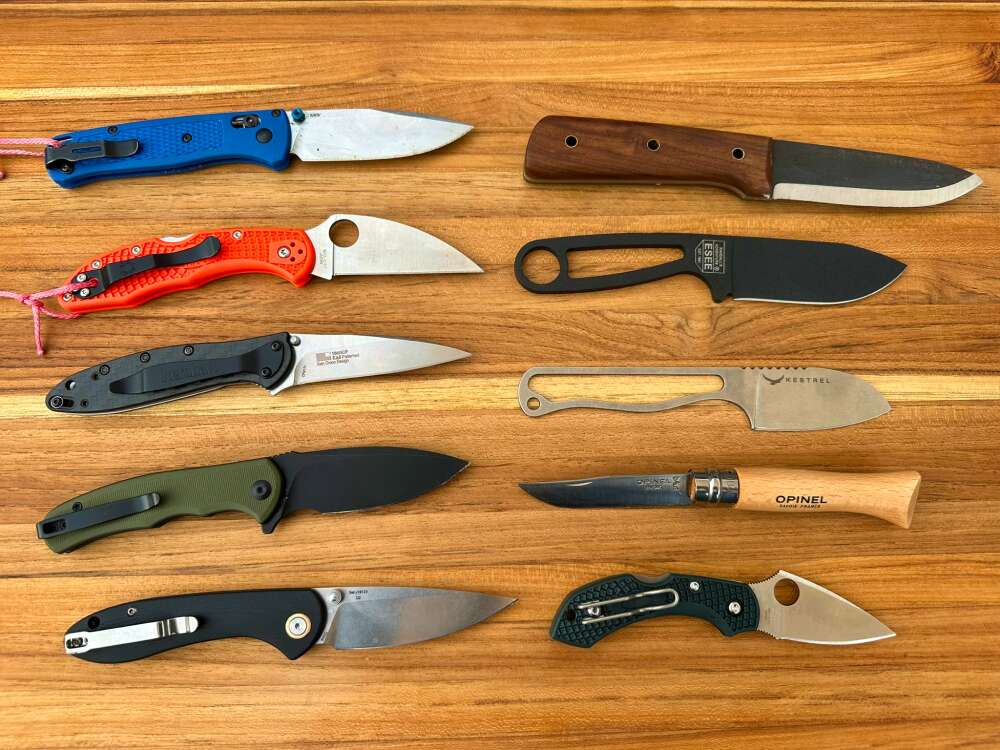
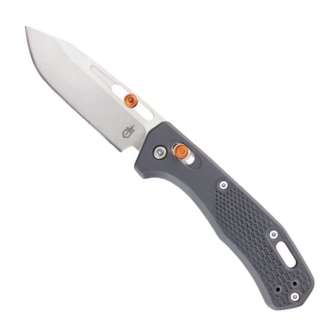
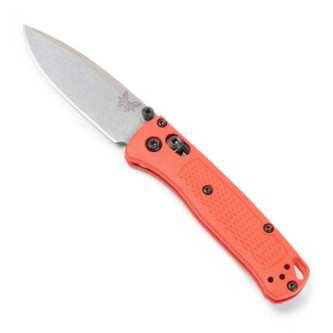
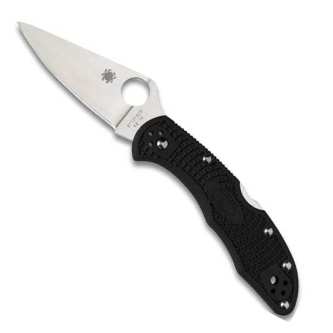
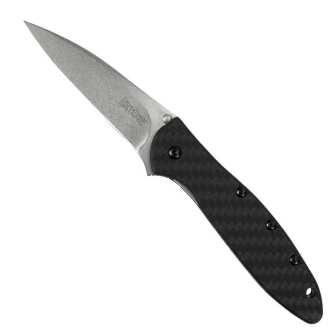
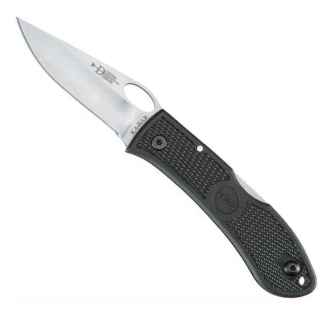
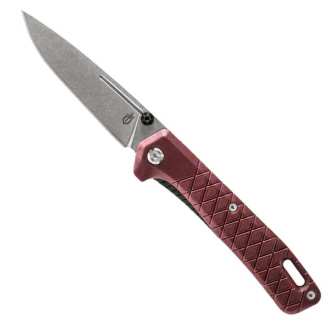
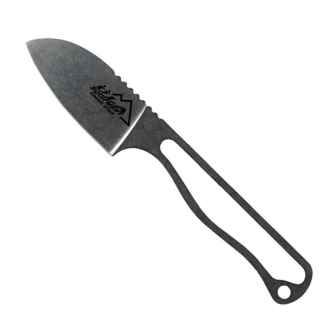
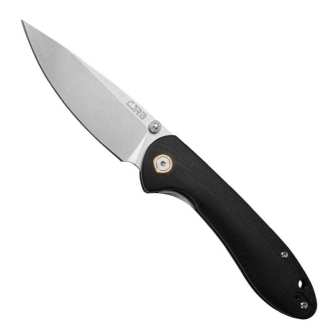
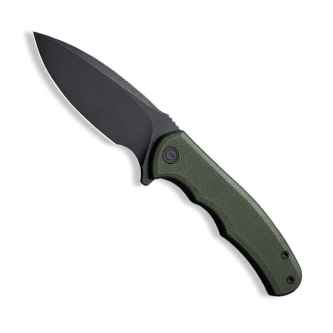
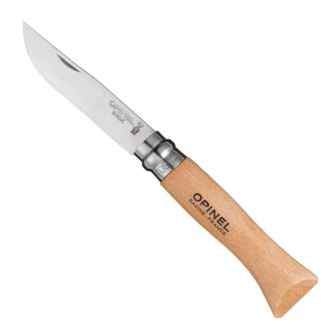
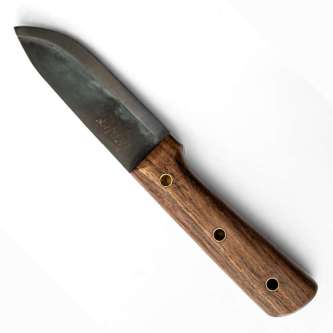
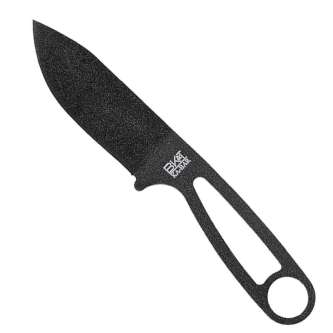
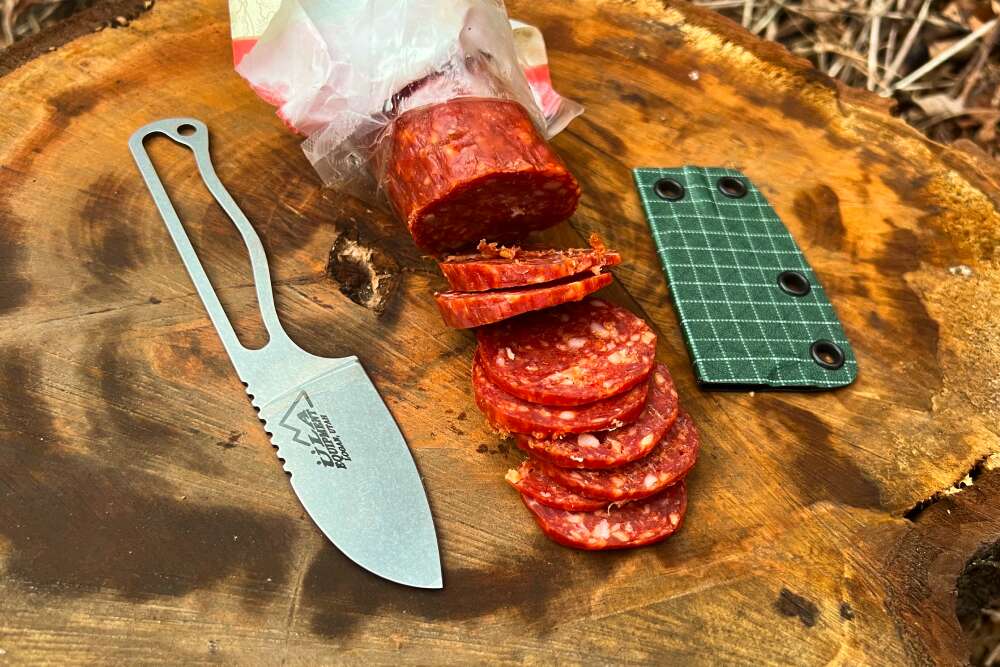
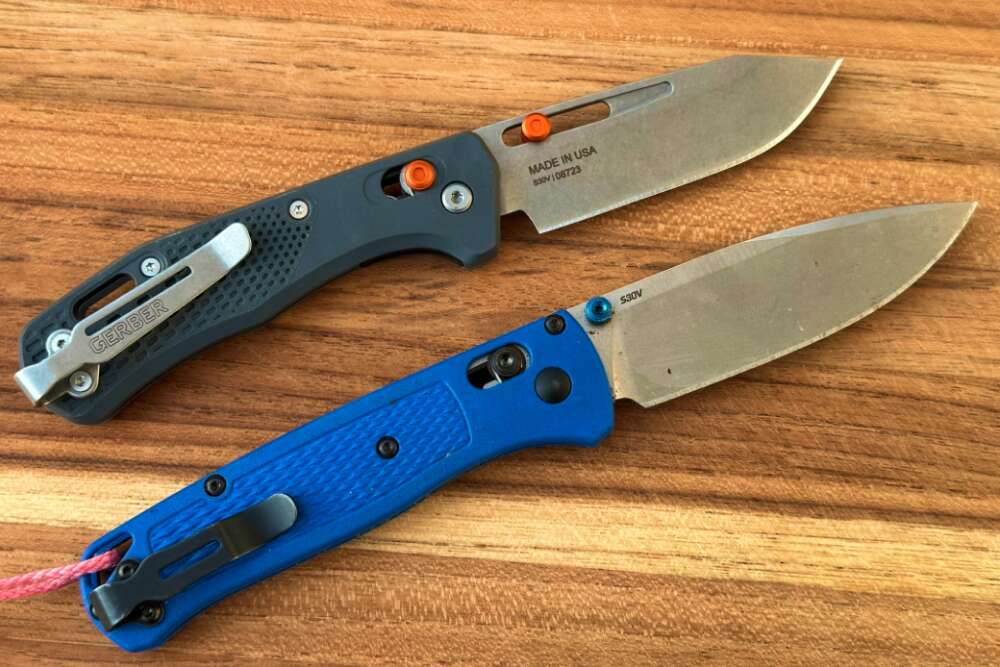
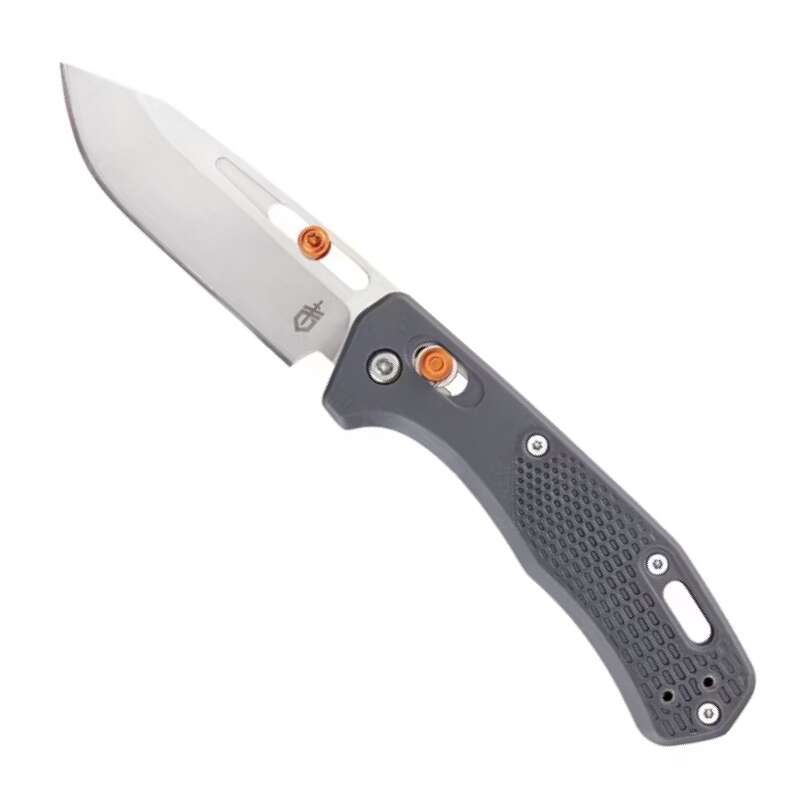
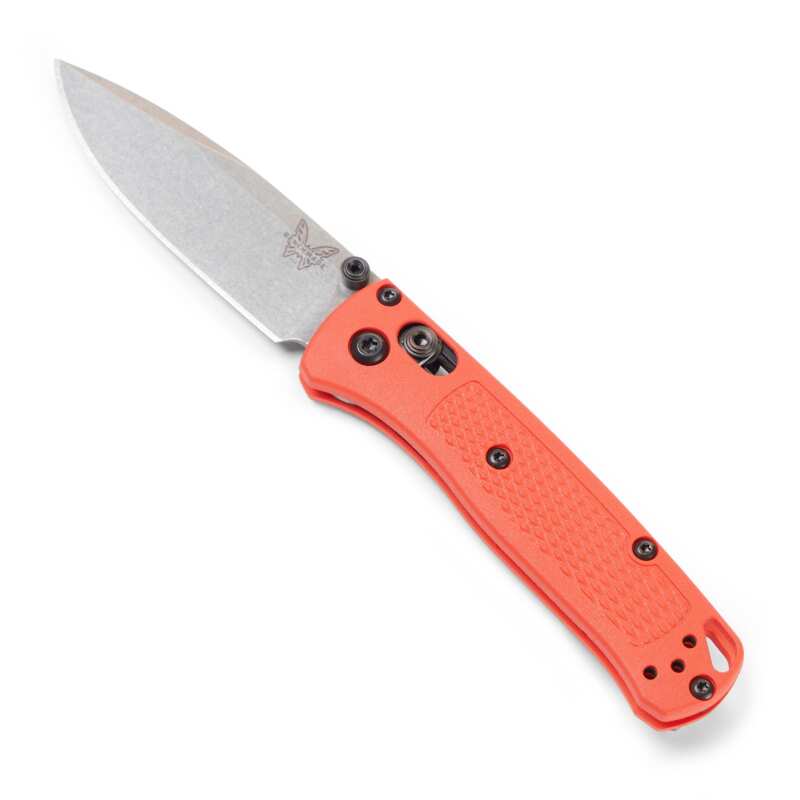
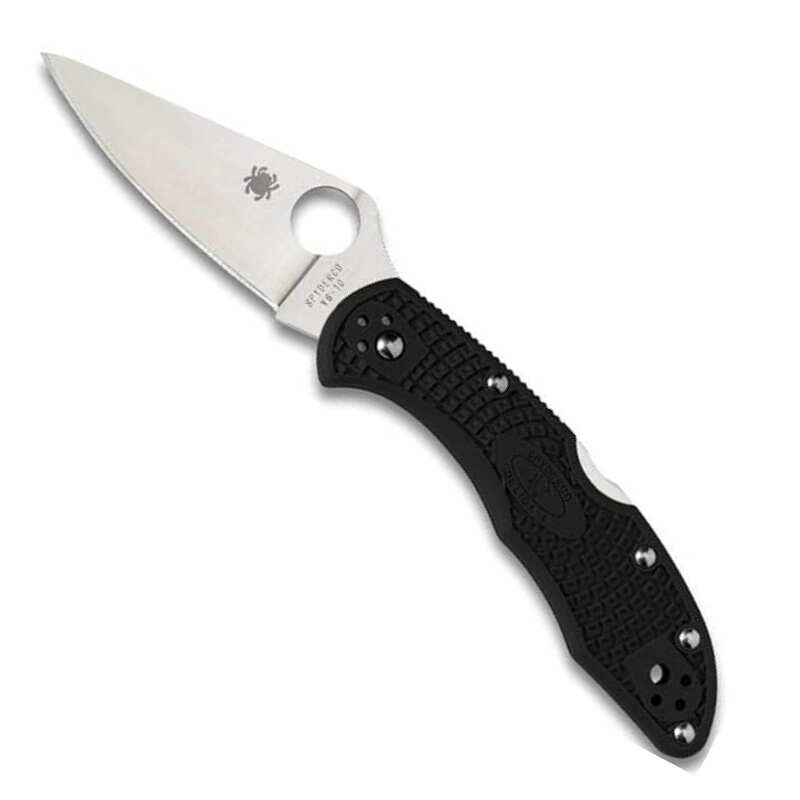
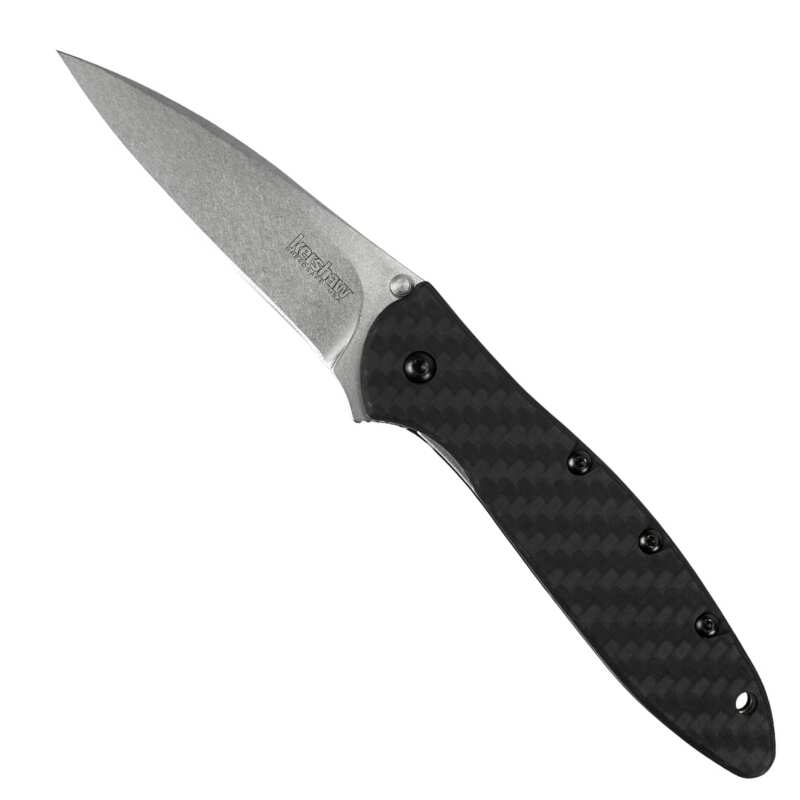
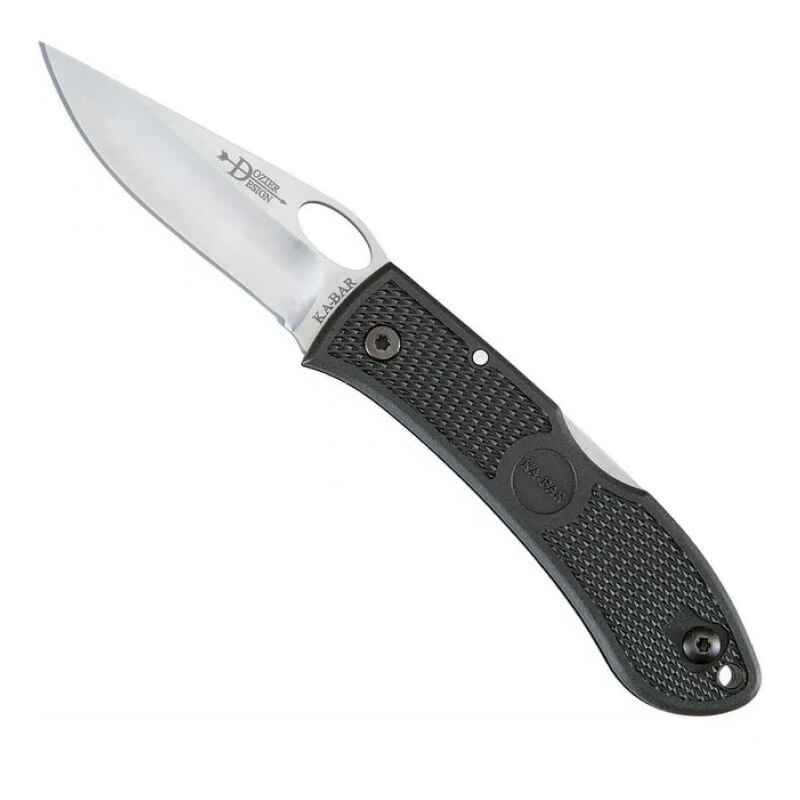
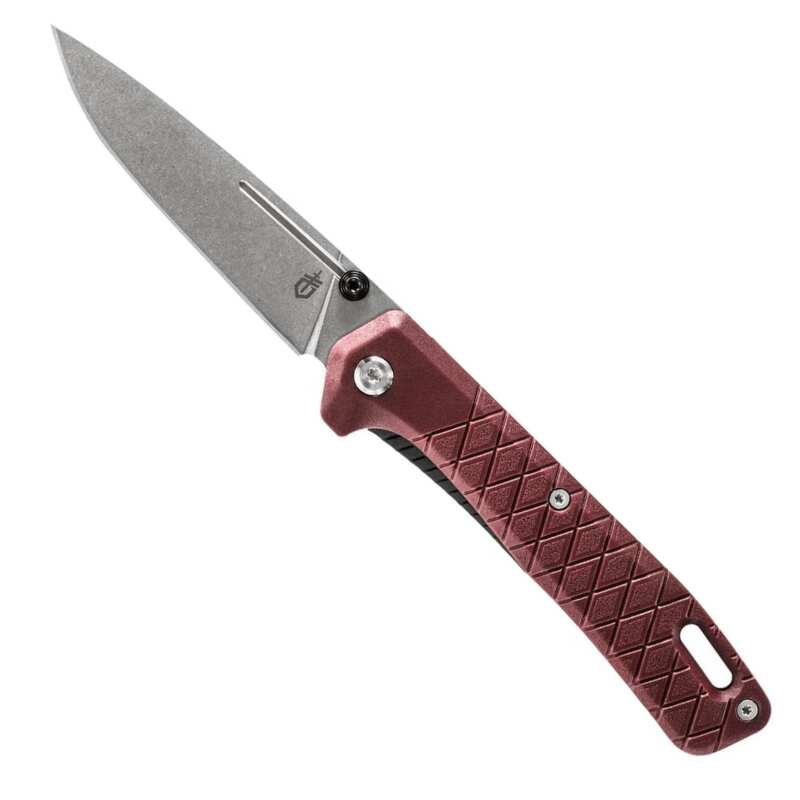

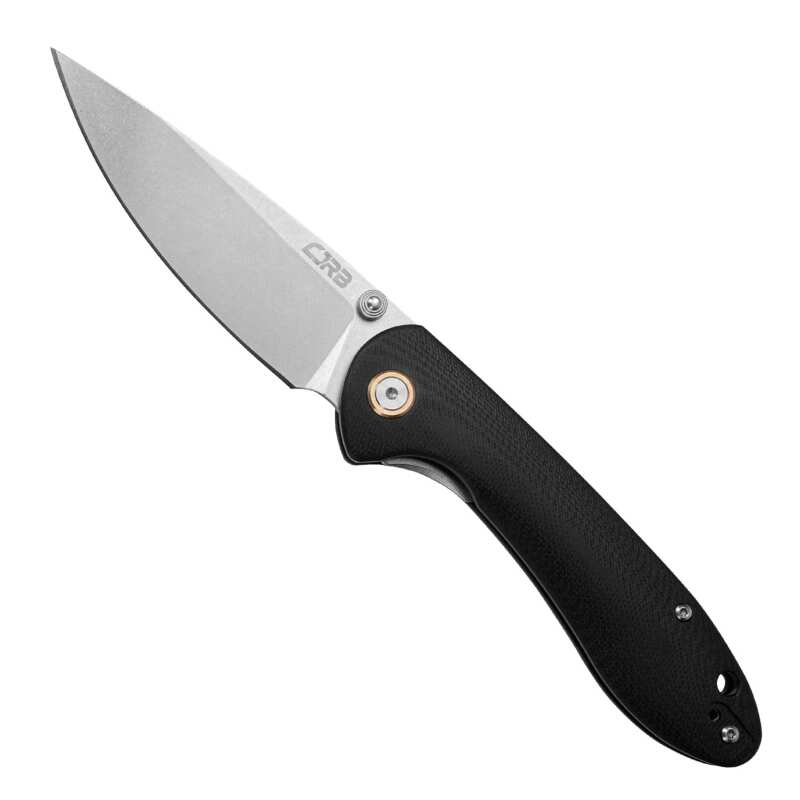
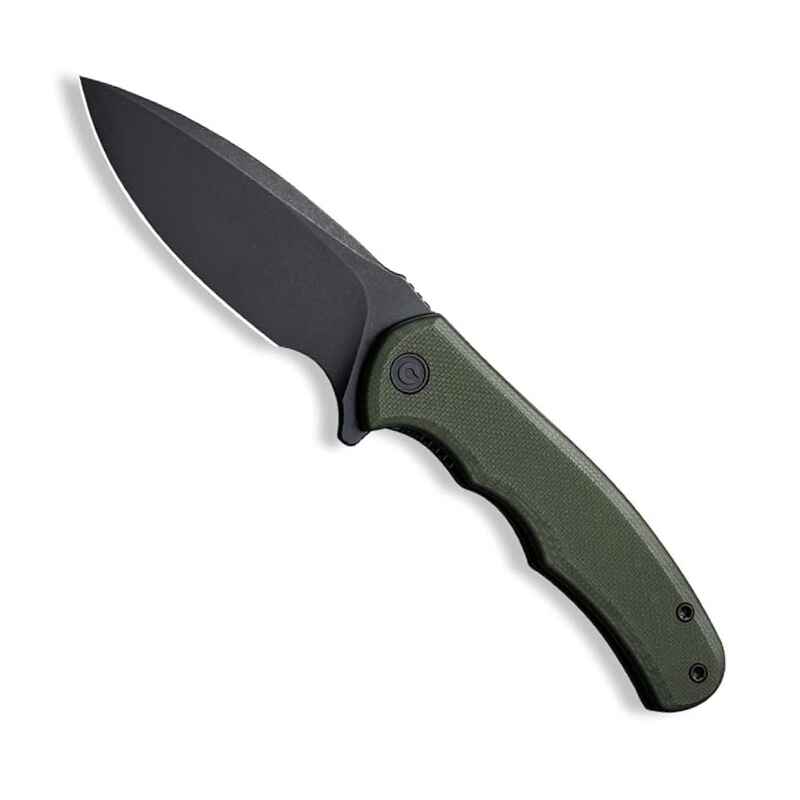
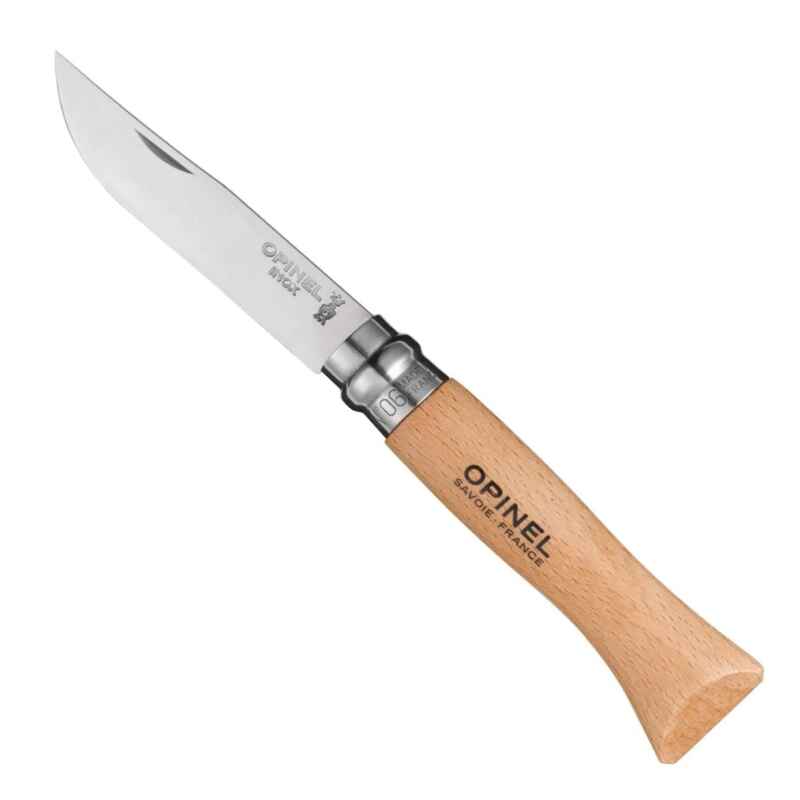
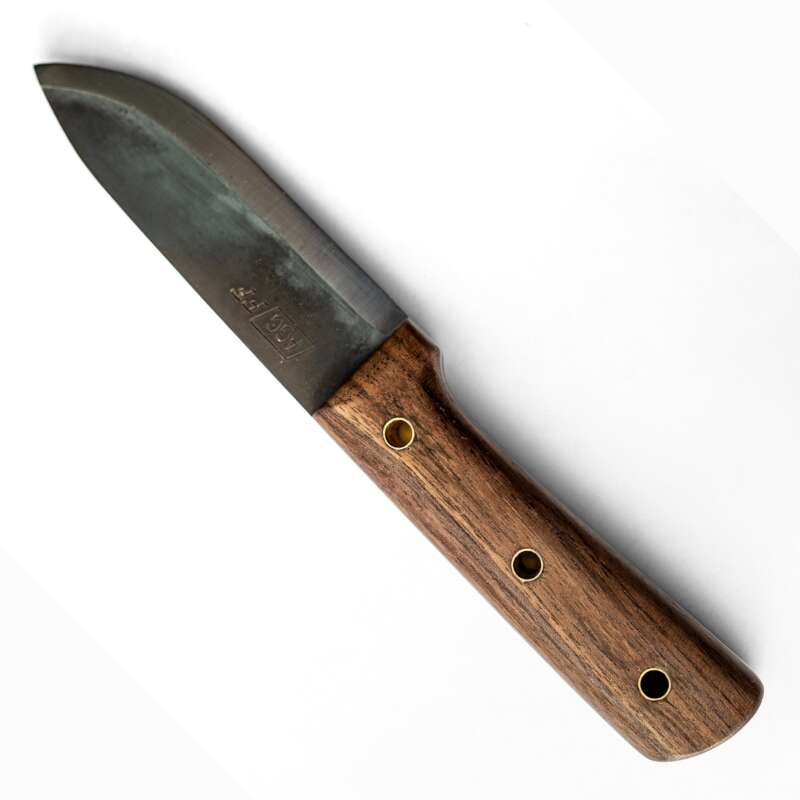
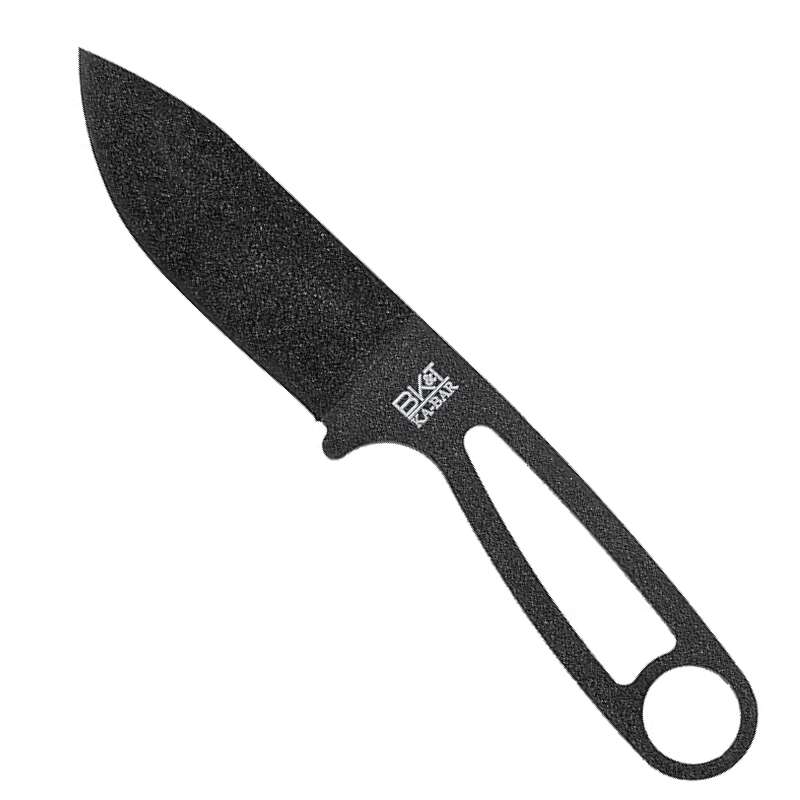
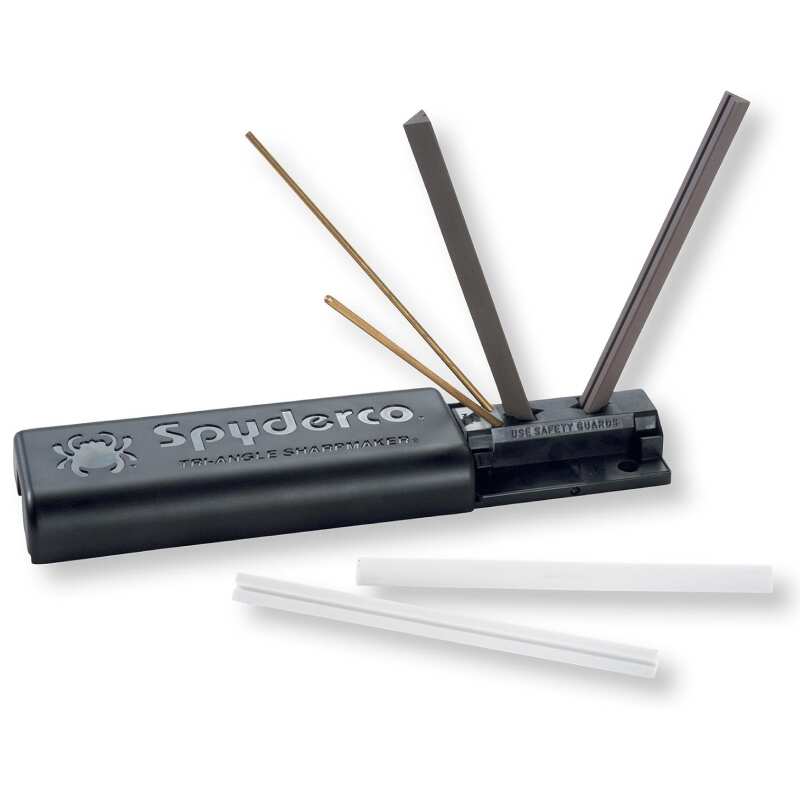
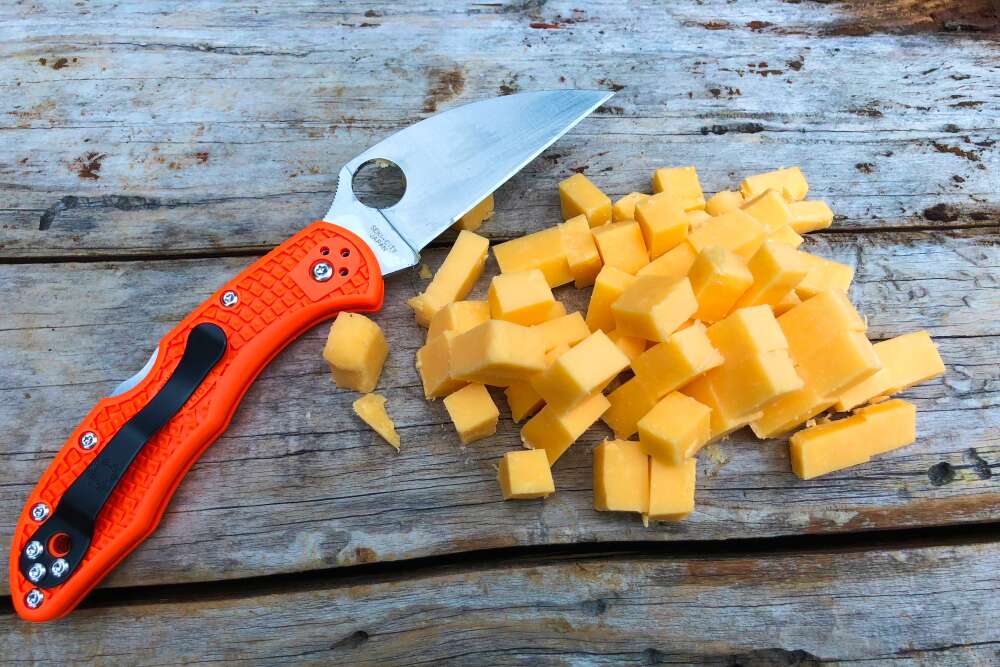
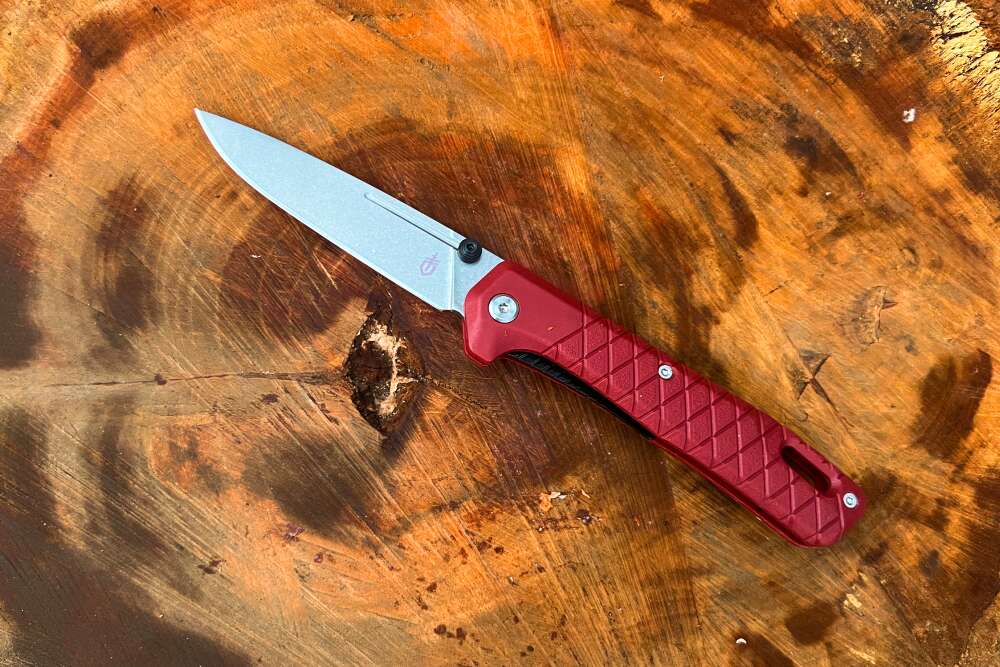
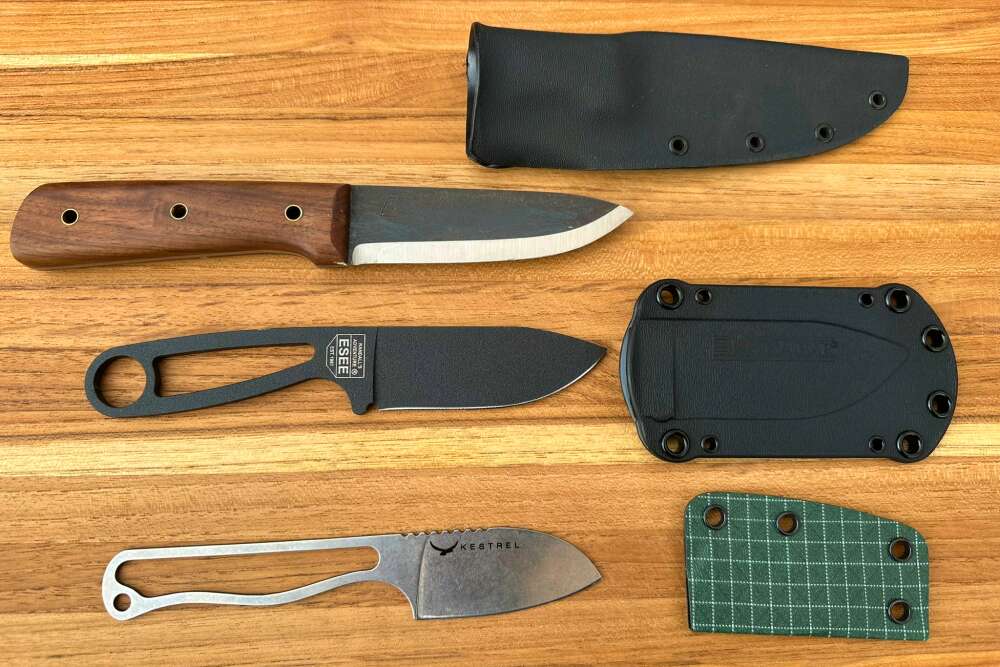


Share this entry